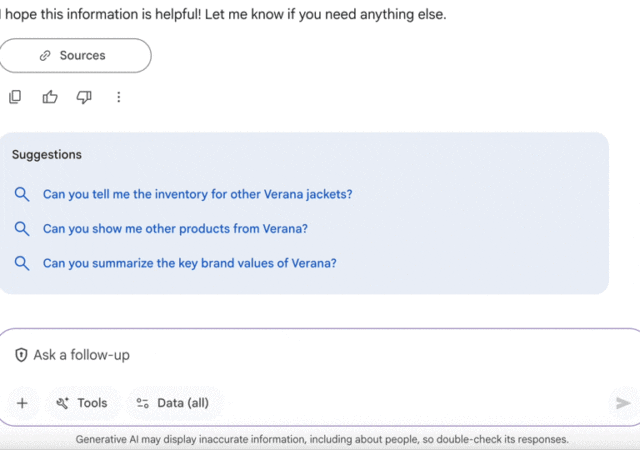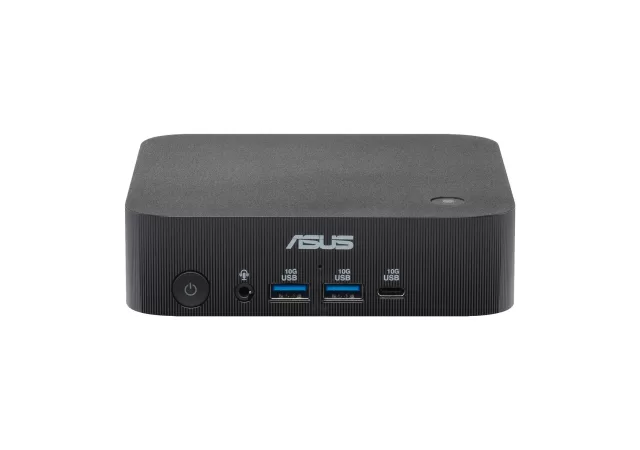Up until the early part of this year, simple daily activities such as taking a train to work, entering a crowded elevator, and sitting down in an open workspace with colleagues were things no one would hesitate to do, and perhaps even took for granted. The appearance of the COVID-19 pandemic changed that in almost an instant. For employers and employees, the workplace experience moving forward may never be the same, ever again. Businesses are undergoing massive changes in a transformation process to meet the needs and demands of the post-pandemic world.
What does that look like for an enterprise? The answer is simple: create a new model of hybrid working where employees continue to work remotely, only coming into the office to collaborate on projects. In this scenario, the office then turns into a business center – or collaboration space – which may also indicate the end of the open office era and a shift in the purpose of a company’s headquarters as we once knew it.

We all know that this shift is here to stay. According to recent research from Gartner, 82 percent of company leaders are planning to let employees work remotely, at least some of the time. And a new global Lenovo study finds that employees expect a similar swing in employer mentality, with 52 percent of respondents noting they believe they’ll continue to work from home more than they did pre-COVID-19 – even after social distancing measures lift.
As employers realize that this distributed workforce is not going anywhere, the shift to the office as a business center will only continue to grow. This will make the need for a solid IT foundation, inclusive of dependable employee personal devices, strong cybersecurity software (and education), and remote IT support even more integral than it once was.
In looking at the role of technology and how it has evolved during this pandemic, we can take a step back to when COVID-19 first started to impact businesses globally. The number of remote employees increased at a pace more rapid than anyone expected or was even prepared to handle. As a result, collaboration tools such as Microsoft Teams and Zoom saw usage skyrocket, with Teams seeing an increase of users as much as 70 percent and Zoom revenue soars 169 percent ever since the pandemic first struck. In this process, as employees and consumers alike started leaning on videos to spend time with coworkers – whether for meetings or company “happy hours” – these tools evolved their functionalities to make the user experience more seamless.
Today, employers have started to realize that their employees have been just as productive from home as they would have been in the office. Lenovo’s research shows that almost two-thirds of the global workforce surveyed feel they are more productive working from home than in the office. So, the question then becomes – why bring them back to the office, and why not instead save on real estate costs and invest in stronger technology to equip a hybrid workforce?

With that mindset, technology will only continue to evolve to meet employee and employer needs. Beyond collaboration software, the other tools that remain central for employee productivity in our hybrid work environment include personal laptops, noise-canceling headsets, and large monitors.
In the office, that may mean creating a “touchless environment” where employees have their collaboration technology to minimize physical contact. Or it may mean creating smaller phone booths and huddle spaces as a move away from the open floorplan, which could be equipped with standalone video software making it easy to collaborate from one room to the next. On the go, it may be arming employees with a foldable PC that makes it easier and more convenient to transition from the office to a coffee shop to home or anywhere in between. And at home, it may require employers to invest in products employees need for their “home office,” such as standing desks or ergonomic chairs.
For IT departments, this makes it integral to invest in the infrastructure that enables IT to manage a large remote workforce. This can include increasing cloud storage for more remote storage, doubling down on security solutions to manage the increase in cyber threats, and remote IT solutions to help troubleshoot employee tech issues from afar.
While the new “business center” model may not be a fit for all organizations, one thing we know is that office as we know it will be different in the coming years. Work from anywhere will become a norm, company real estate footprints may shrink, and employees will expect much more of their employers than ever before.






